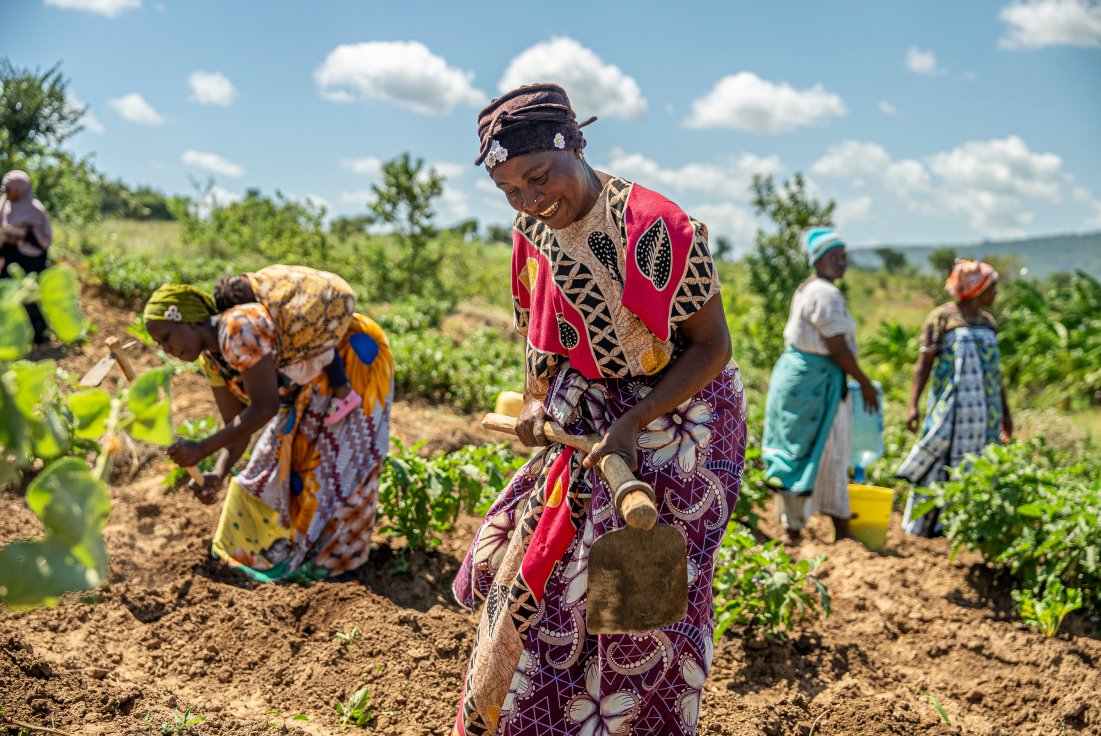Researchers from the University of California, with support from Microsoft, are developing an artificial intelligence tool aimed at helping communities prepare for crop failures and prevent malnutrition in Kenya, a country frequently affected by drought.
For Esther Mulu, 69, and her large family in Kitui County, food shortages have long been a reality. She and her seven children and 25 grandchildren rely on a small farm for sustenance, but inconsistent rainfall has made survival increasingly difficult.
“Now we are facing a drought, and we don’t know where to get food,” Mulu said. “We used to get food aid, but nowadays, it’s no longer coming. Now, we take porridge in the morning and wait for a big meal in the evening or the next day.”
According to the African Medical and Research Foundation (AMREF), Kitui is one of six counties in Kenya experiencing shortened rainfall. The ongoing food crisis is part of a larger issue affecting the Horn of Africa, where the 2023 drought severely impacted Kenya. The United Nations’ World Food Programme estimates that 4.4 million people in the country are experiencing acute food insecurity, with 1.1 million women and children facing malnutrition.
To address the crisis, researchers have gathered a decade’s worth of weather data, NASA satellite imagery showing vegetation patterns, and clinical health records to develop computational models that can predict food insecurity months in advance.
AMREF’s Samuel Mburu, who is helping develop the AI software, said the tool has been in trials in Kenya since February 2023, demonstrating accurate predictions over three to six months. “We have looked at historical data from the last 10 years to define the number of malnutrition cases down to the sub-county level,” Mburu said. “This helps allocate resources ahead of time so that we can intervene for children under five and ensure they get the nutrition they need.”
By alerting communities in advance, AMREF hopes local officials can better prepare for food shortages. While the project initially focused on six drought-prone northern and eastern counties, the AI model has now expanded to cover the entire country.
Mburu said clinical health records alone do not provide a full picture, as many affected individuals lack access to healthcare. Future plans include integrating community-level data to improve accuracy.
“We now have the ability to process vast amounts of data and bring real value,” Mburu said. “In the past, data was used for historical reporting. Now, we are leveraging it for prediction, which allows for better resource mobilization. If we can build a case and show the need ahead of time, we can source funding both internally and externally.”
One challenge remains: cost. While Microsoft provided funding for the initial development, cloud-based AI tools are expensive. However, Mburu emphasized that the technology will allow local governments to act before food shortages worsen.
“Previously, resources were provided only after cases of malnutrition were reported,” he said. “Now, with this technology, we can predict three to six months in advance and mobilize resources beforehand. This ensures we meet the needs of vulnerable communities before food insecurity reaches a crisis level.”

